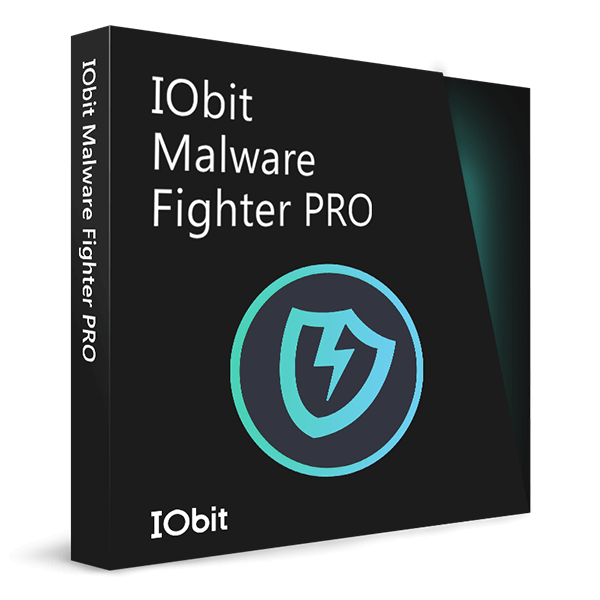- Centro de Soporte
- Múltiples Idiomas
- Idiomas
- Ayúdenos Traducir
Experto en
Soluciones de Salud de PC
Solución todo en 1 para la salud del PC: limpiar, optimizar y proteger

Limpieza, optimización y protección integral de PC
Mantén los controladores actualizados

Rendimiento más estable con menos fallas del sistema
Protege millones de ordenadores contra Malware

Protección completa con máxima seguridad
Protección contra virus y mejora del rendimiento del PC
Elimina fácilmente programas y sobras
no deseados
Mantiene tu software actualizado de manera automática
No te preocupas por el robo de tus datos o fugas de privacidad
Maximiza la optimización del disco duro
para un PC más rápido
Disfruta de una Mac más rápida y segura
Regalos de Black Friday 0€ 149,96€

Ransomware dominated the cybersecurity landscape in 2017. Major attacks such as WannaCry, Petya, and Locky were mostly widespread worldwide. Victims including organizations like hospitals, schools and airports and individuals have paid over millions of dollars for ransom to unlock encrypted files. Cybercriminals will continue to exploit the same vulnerabilities in increasingly malicious ways in 2018. The newly reported ransomware Gandcrab could be a sign. Users need to keep an eye on new infections and learn to protect themselves.
Here are things to know about ransomware in 2017 and tips to prevent attacks:
WannaCry
WannaCry (aka WCry, WannaCrypt, Wanna Decryptor) was the most devastating ransomware attack in 2017, affecting hundreds of thousands of computers worldwide. Many hospitals, banks, law agencies, and other infrastructure were its victims. It used EternalBlue which exploits a vulnerability in Microsoft's Server Message Block (SMB) protocol to infect Windows devices.
Read IObit tips for WannaCry ransomware:
Petya/NotPetya
Petya is a family of encrypting ransomware which targets Windows devices. It rapidly spread in Europe and the US and infected several hundred thousands of computers in just a few days. NotPetya is a variant of Petya ransomware but uses the same exploit. Similar to WannaCry, Petya/NotPetya uses the Eternal Blue exploit to infect Windows devices, especially older Windows systems. What’s worse, Petya/NotPetya can damage the whole hard drive, even stop you entering your system.
Read IObit tip for Petya ransomware:
How to Protect Yourself from Petya/GoldenEye Ransomware
Ykcol
Ykcol Ransomware is the latest version of Locky Ransomware. Ykcol is Locky spelled backward. It mainly spreads through the attachment of emails named with the status of an invoice, in which contains a *.vbs script. After double clicking the script, it will automatically download an executable virus named "HdOWSy.exe" and then begin to encrypt the computer files and all shared documents in the same LAN(Local Area Network).
Read IObit tip for Ykcol ransomware:
How to Remove Ykcol Ransomware on Windows 10
BadRabit
BadRabbit ransomware struck a number of countries worldwide, which mainly targeted Russian media companies and Ukrainian transportation systems with malicious purpose. The report shows that BadRabbit ransomware has similarities to WannaCry and Petya which broke out early in 2017. It posed as an Adobe update before locking down computers and demanding victims to pay 0.05 Bitcoins(about $280) in exchange for their important data.
Read IObit tip for BadRabit ransomware:
How to Prevent BadRabbit Ransomware Attacking

Suscribete y mantente informado en mejoras de productos y ofertas especiales por correo. Puedes declinar a cualquier momento.
IObit utiliza cookies para asegurar que tenga la mejor experiencia en nuestro sitio web.
Si prosigue la navegación por nuestro sitio web acepta que utilicemos cookies y la política de privacidad.
